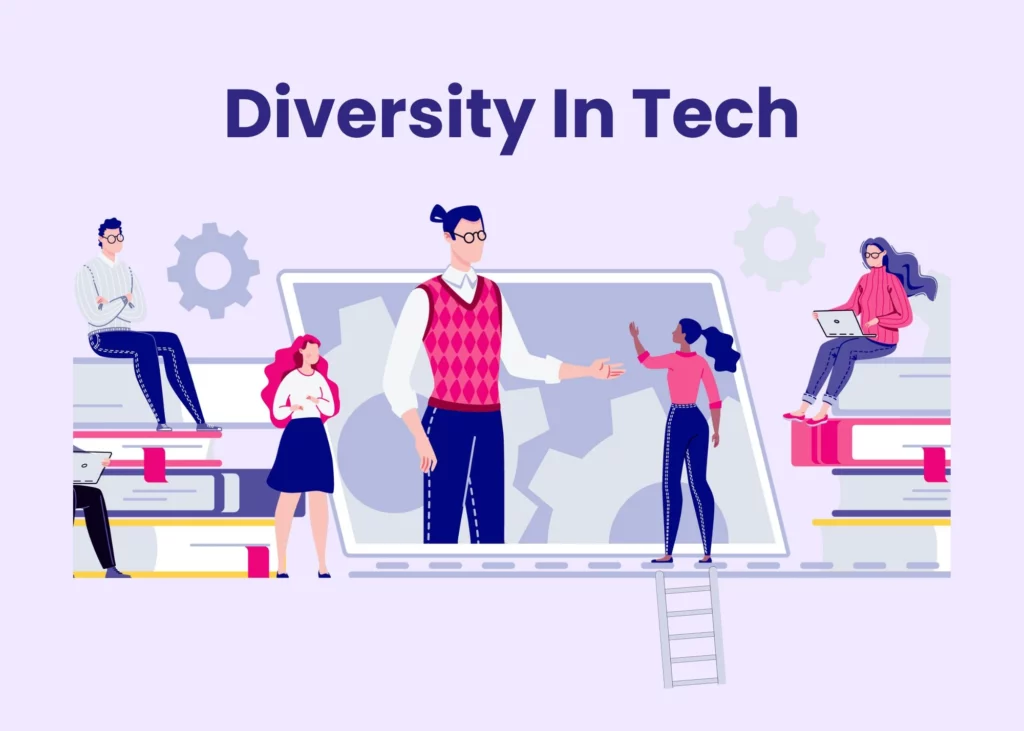The workplace culture of technology fields often exclude those who don’t fit the mold. If the sector wishes to push for stronger innovation then it needs to push for better inclusion and stronger diversity. By acknowledging and addressing the barriers keeping people out of technology, organizations can push for change and continue to position their businesses for the future.
Women currently only make-up 25% of the technology workforce. This disparity is even greater for racial minorities. Less than 9% of technology workers are Black, and only 7% of them are Latinx. It has also been found that even in instances where companies actively seek to recruit women and minorities into entry-level positions, they don’t support these employees throughout their careers. Often these individuals leave their positions — and sometimes the field entirely — at a much higher rate. The rate of attrition for female employees in technology fields is twice that of their male counterparts.

The company culture of many technology organizations is unwelcoming or un-inclusive of women and minorities. There is frequently a culture of long and un-flexible work hours, which can limit the long term success of individuals who disproportionately have additional responsibilities. There are also frequently few diverse role models in leadership positions, leading to lower levels of mentorship. These factors are compacted with existing biases and create an unwelcoming environment. This culture is pervasive not only in workplaces, but in educational streams as well. These attitudes and expectations too often keep women and minorities out of technology fields.
This loss of vital diversity at a mid-career level is often attributed to the unsupportive working environment ever-present in the tech industry. It can also be attributed to widespread bias, undermining managerial behavior, and competing life priorities. A 2017 study conducted by the Pew Research Centre found that 74% of women working in technology fields had experienced discrimination at work because of their gender. Another study, conducted in 2020, found that gender bias was the primary barrier preventing women in technology from moving into leadership positions – followed closely by work/life balance and a lack of support.
It is important for the technology sector to better diversify their workforce. It is critical that organizations work to improve their inclusion measures, creating greater flexibility, and building a work culture that better promotes equity. By not only encouraging women and minorities to enter into technology fields, but nurturing them throughout their career, organizations can build the diversity they need. Diversity thrives in an inclusive environment and an inclusive environment builds diversity.

